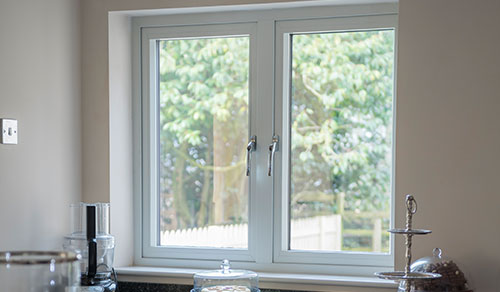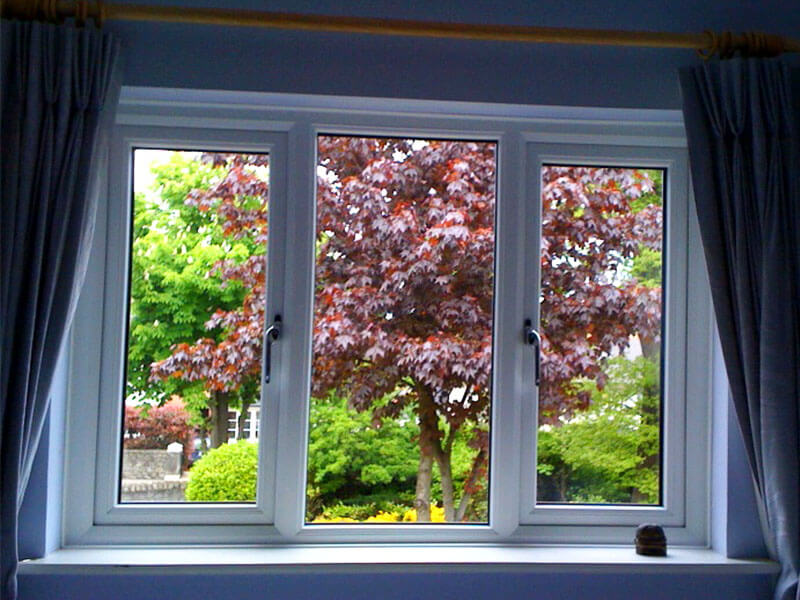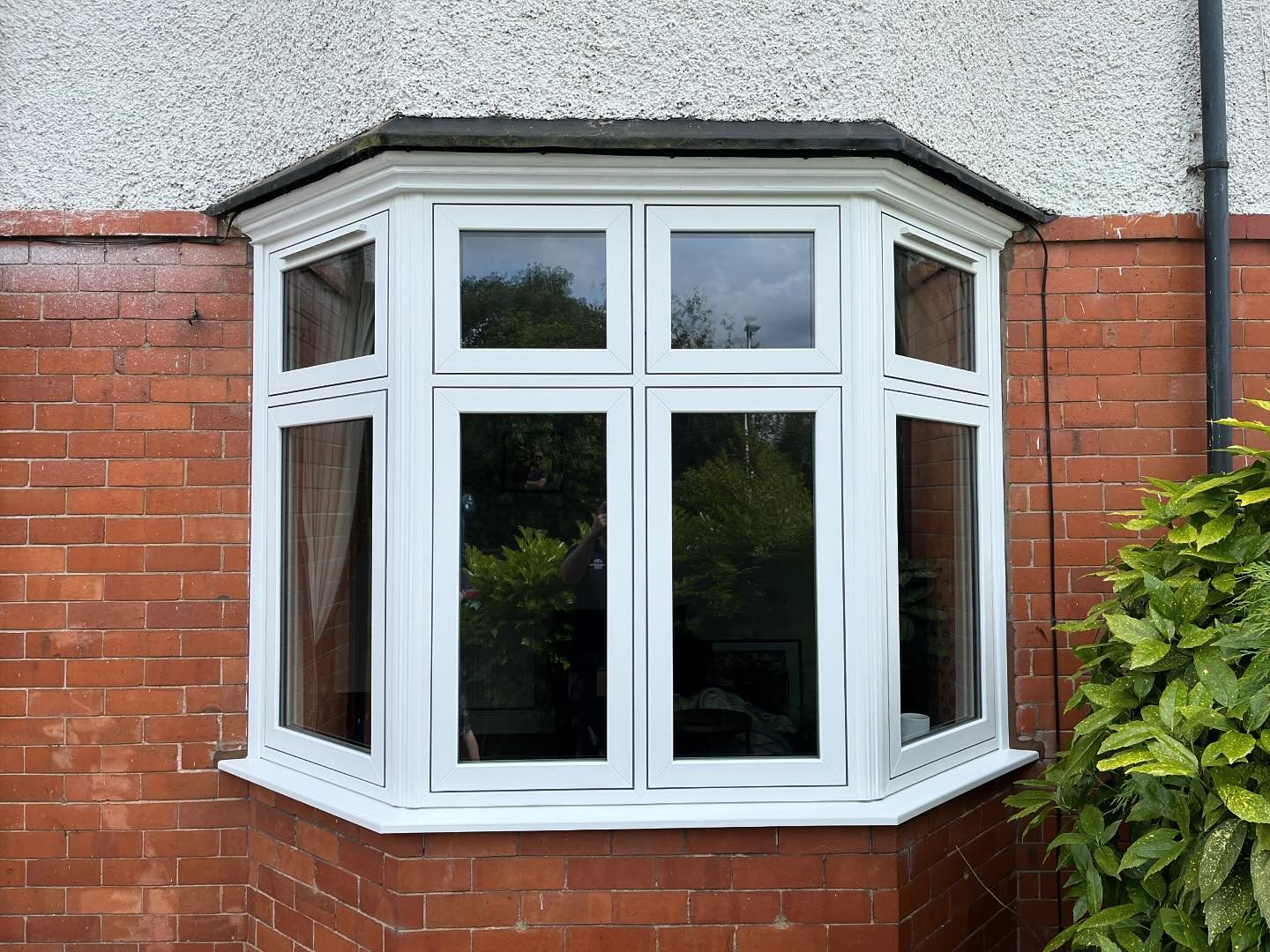In recent years, the window replacement industry has undergone significant advancements, providing homeowners with a plethora of options that enhance energy efficiency, aesthetics, and overall functionality. With the increasing emphasis on sustainability and energy conservation, modern window technologies have made it easier than ever to upgrade your home’s windows. This article explores the most notable advancements in window replacement, focusing on materials, energy efficiency, design innovations, and installation techniques.
1. Energy-Efficient Materials
One of the most significant advancements in window replacement is the development of energy-efficient materials. Traditional single-pane windows have largely been replaced by double and triple-pane windows that incorporate inert gases, such as argon or krypton, between the panes. These gases have lower thermal conductivity than air, significantly reducing heat transfer. Furthermore, the glass itself can be treated with low-emissivity (Low-E) coatings, which reflect infrared light while allowing visible light to pass through. This innovation helps keep homes cooler in summer and warmer in winter, ultimately lowering energy bills.
2. Smart Windows
Smart window technology has emerged as a game-changer in the window replacement landscape. These windows can adjust their tint based on sunlight exposure, reducing glare and heat gain. Some smart windows use electrochromic technology, allowing homeowners to control the tint via a smartphone app or home automation system. This not only enhances comfort but also contributes to energy savings by reducing the need for air conditioning. As smart home technology continues to evolve, integrating smart windows into your home can significantly enhance its value and efficiency.
3. Improved Frame Materials
The materials used for window frames have also seen remarkable advancements. While traditional wood frames remain popular for their aesthetic appeal, new materials such as fiberglass and vinyl offer superior durability and energy efficiency. Fiberglass frames are particularly noteworthy, as they are resistant to warping, rotting, and corrosion, making them an excellent long-term investment. Vinyl frames, on the other hand, are low maintenance and available in various colors and styles, allowing homeowners to customize their windows without sacrificing performance.

4. Enhanced Aesthetics and Design Options
Modern window replacement options come with a wide array of design choices that cater to various architectural styles and personal preferences. Homeowners can choose from different styles, including casement, double-hung, sliding, and awning windows, each offering unique benefits. Additionally, manufacturers now provide customizable options such as grid patterns, colors, and hardware finishes, allowing homeowners to create a cohesive look that complements their home’s exterior. This level of customization ensures that replacement windows not only enhance energy efficiency but also elevate the overall aesthetic appeal of the home.
5. Installation Innovations
Advancements in installation techniques have also contributed to the overall effectiveness of window replacement. Traditional installation methods often required extensive remodeling, which could be time-consuming and costly. However, modern replacement windows are designed for easier installation. Many manufacturers now offer retrofit options that can be installed directly into the existing frame, minimizing disruption to the home and reducing labor costs. Additionally, advancements in sealing and insulation materials ensure that new windows fit snugly, preventing air leaks and maximizing energy efficiency.

6. Noise Reduction Technologies
For homeowners living in noisy environments, advancements in noise reduction technologies have become an essential consideration in window replacement. Laminated glass, which consists of multiple layers of Ideal Glass with an interlayer, significantly reduces sound transmission. This technology is particularly beneficial for homes located near busy roads or urban areas, providing a quieter indoor environment. By investing in windows with superior soundproofing capabilities, homeowners can enjoy a more peaceful living space without compromising on style or functionality.
7. Sustainable Manufacturing Practices
As environmental concerns continue to rise, many window manufacturers are adopting sustainable practices in their production processes. This includes using recycled materials, reducing waste, and implementing energy-efficient manufacturing techniques. Homeowners can now choose windows that not only enhance their home’s efficiency but also align with their values regarding sustainability. By selecting products from manufacturers committed to eco-friendly practices, homeowners can make a positive impact on the environment while enjoying the benefits of modern window technology.
8. Warranty and Longevity
Another significant advancement in window replacement is the improvement in warranties and product longevity. Many manufacturers now offer extended warranties that cover both the materials and installation, providing homeowners with peace of mind regarding their investment. Additionally, advancements in manufacturing processes have led to windows that are designed to last longer and require less maintenance. This means that homeowners can enjoy the benefits of their new windows for many years without the hassle of frequent repairs or replacements.
Conclusion
The advancements in window replacement technology have transformed the way homeowners approach window upgrades. With energy-efficient materials, smart technologies, improved frame options, and enhanced aesthetics, modern windows offer a comprehensive solution for enhancing comfort, reducing energy costs, and improving the overall value of a home. As the industry continues to innovate, homeowners are encouraged to explore these advancements and consider how they can benefit their living spaces. Investing in modern window replacement is not only a practical choice but also a significant step toward creating a more sustainable and enjoyable home environment.

